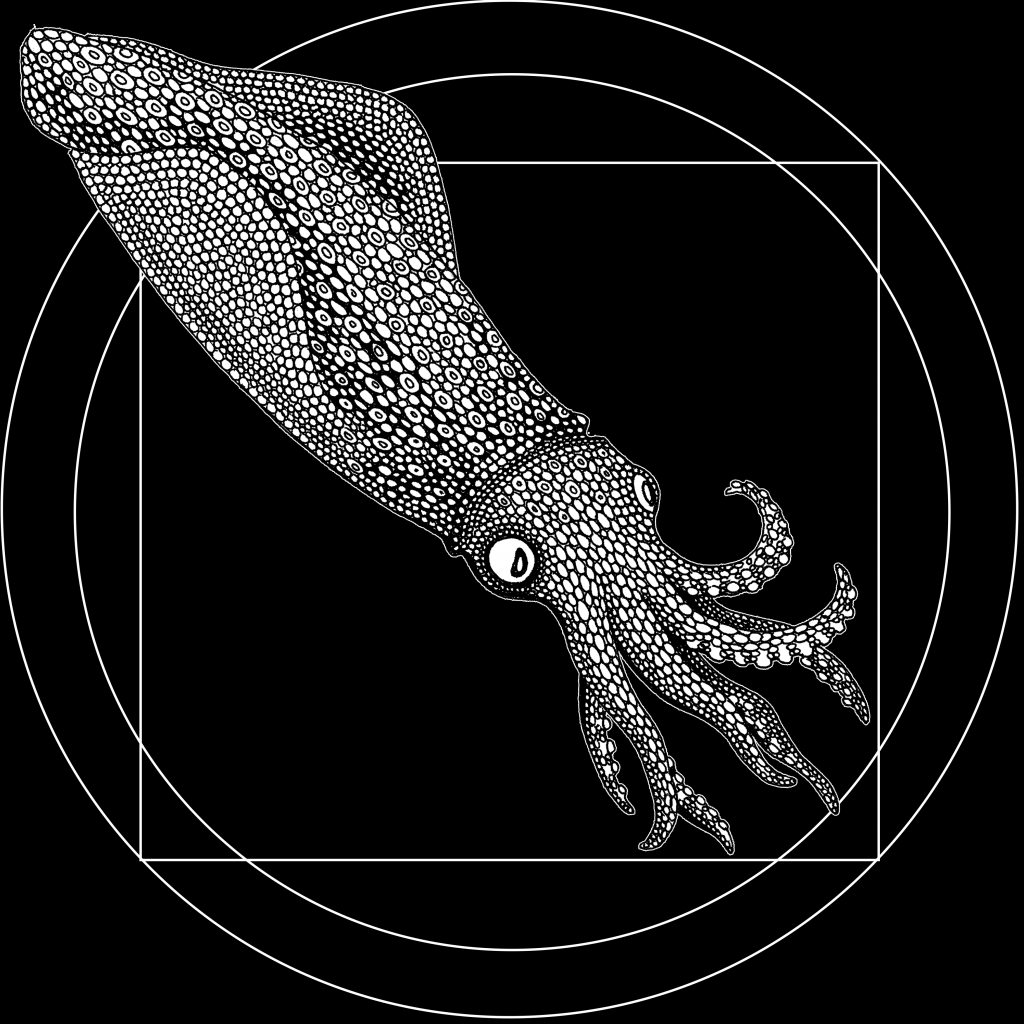Myopsida

Chokka, as they are known in South Africa, are squid belonging to the order Myopsida. Like other Loligo species they are predominantly found in waters close to the coast. What differentiates them from the other overarching order of squid, the Oegopsida, is that they lack the secondary eyelid found in Oegosida, and that they have (like most other cephalopods) a “tentacle pocket” (absent in Oegopsida) into which they can retract their tentacles.
Loligo species are extremely commercially important worldwide, as this genus is one of the most popular sources for calamari, and quite widespread across the Atlantic spanning latitudes from the North Sea to the cape of good hope. As they are prolific breeders, gathering in huge mating frenzies (why, how, when and where not being quite understood yet) they are not considered threatened by the fisheries. Whether they count as “sustainable seafood” however largely depends on the method of catching. Some fisheries catch them by trawling, which, while not always a problem, can result in substantial by-catch and damage to benthic habitats. However, a large part of the fishing is done by “jigging”, one-on-one nightly angling with lures, that, although very time and capacity intensive, is one of the most casualty-free methods of fishing, and thus poses very little cause for concern. In South Africa, the chokka fishery was one of only a handful selected for potential certification by the Marine Stewardship Council, which, if remaining areas of concern are sufficiently addressed, could result in a long and good future for fishers and squid alike.